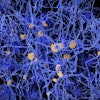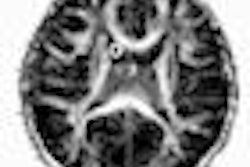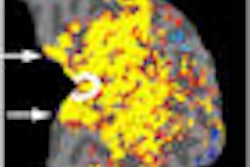Dear MRI Insider,
This edition of the MRI Insider features new research from two conferences on opposite U.S. coasts.
The 2009 American Roentgen Ray Society (ARRS) meeting in Boston proved to be fertile ground for many interesting research papers, including one from my hometown of Providence, RI.
Researchers at Rhode Island Hospital and Brown University compared whole-body short-tau inversion recovery (WB-STIR) MRI to radiographic bone survey to detect fractures in children presenting with suspected abuse-related trauma. Although WB-STIR detected some bone contusions and fractures not found on initial radiographic bone surveys, researchers cautioned not to depend solely on the MRI technique in clinical assessments. Read more by clicking here.
In another study presented at ARRS, physicians in the emergency department of Duke University Medical Center are using MRI to scan elderly female patients who present with complaints of pelvic or hip pain. Researchers found a 12.7% rate of fracture identification with MRI in this patient population after negative plain-film evaluation and an overall plain-film accuracy of 75.7%, excluding equivocal reads. Click here to learn more.
ARRS coverage also included news that FDG-PET and arterial spin labeling (ASL) MR perfusion match the gold standard of pathology or long-term clinical follow-up in differentiating tumor necrosis from recurrence in patients with brain tumors. The research from Beth Israel Deaconess Medical Center in Boston indicates that while both techniques demonstrated concordant results, ASL MRI may have an edge due to its quicker exam time compared to PET.
Also in this issue of the MRI Insider, we have a report from Seattle, host city of the American Academy of Neurology (AAN) conference. New research suggests that MRI and PET may be able to help physicians distinguish between dementia patients with Alzheimer's disease and those with Lewy body dementia. . Click here to read the coverage from contributing writer Edward Susman.
Make it a daily habit to click on the MRI Digital Community to read the latest in research and technology advances.


.fFmgij6Hin.png?auto=compress%2Cformat&fit=crop&h=100&q=70&w=100)





.fFmgij6Hin.png?auto=compress%2Cformat&fit=crop&h=167&q=70&w=250)











